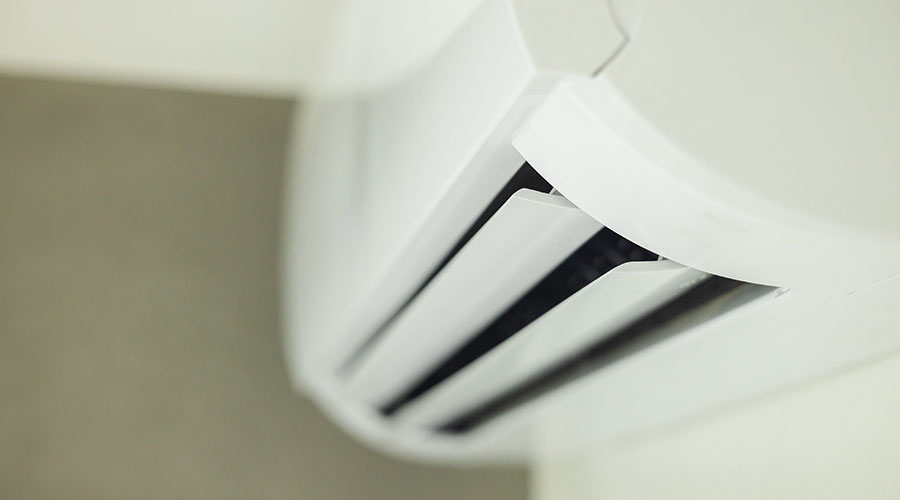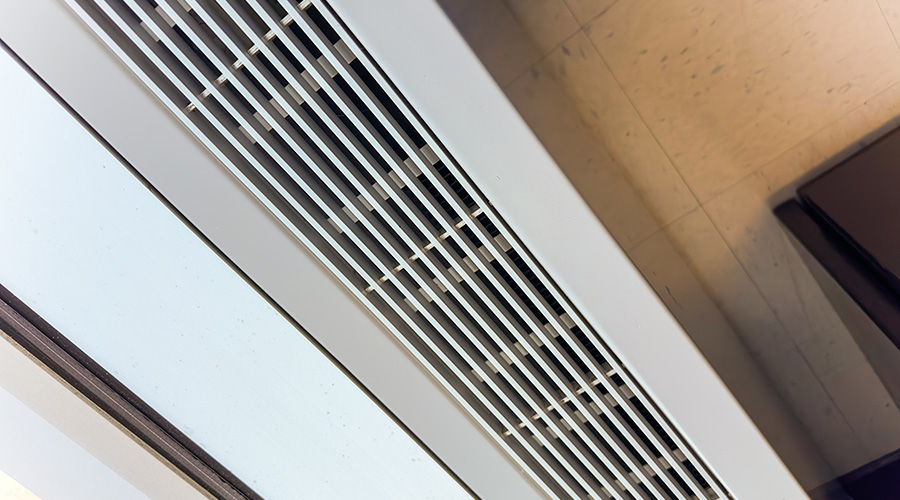The Urgent Need for Better Indoor Air Quality in Schools
A new bipartisan bill aims to enhance student well-being by establishing science-based guidelines and regular assessments of indoor air quality in schools nationwide.
By U.S. Rep. Paul Tonko and Rachel Hodgdon, Contributing Writers
Before they turn 18, America’s children will have spent about 15,000 hours inside school buildings. Given the tremendously important time spent learning and growing in schools, shouldn’t the buildings enhance students’ health and not compromise it?
An extensive body of research has shown that improving air quality indoors can increase academic performance, raise test scores and reduce airborne transmission of respiratory infections. If classrooms, libraries, assembly halls, gyms and cafeterias were filled with cleaner, fresher air, we’d be well on our way to a generation of healthier, more productive students. But we aren’t on our way because nearly half of the heating and cooling systems in our schools need to be upgraded or replaced, according to a study conducted by the U.S. Government Accountability Office.
Research shows that indoor air quality (IAQ) is two to five times (and sometimes as high as 100 times) more polluted than outdoor air. We know that one in 10 students suffers from asthma, a condition that is often triggered or exacerbated by air contaminants in our schools. Studies also show poor IAQ contributes to absenteeism, lower academic performance and increased healthcare costs.
We can solve this challenge by committing to healthy building improvements for every school. By creating learning environments with clean air to breathe, we enhance our students’ ability to learn, grow and thrive.
As a legislator and an advocate, we are committed to transforming our schools into places and spaces that enhance health, learning and growth. With the recent introduction of the Indoor Air Quality and Healthy Schools Act, we now have legislation that, for the first time, would address indoor air quality in schools nationwide. In addition to updating and expanding the work of EPA’s Indoor Environments Division, this bipartisan legislation empowers EPA to establish science-based IAQ guidelines, recognizes voluntary certifications for healthy buildings as useful implementation roadmaps and provides for regular assessment of indoor air quality in schools.
We must rally around this legislation, as well as other policy solutions, to make improved indoor air quality in our schools a top priority. We owe our children – and their teachers, administrators and staff – safe and conducive learning environments where they can flourish. Clean air today is an investment in their tomorrow.
Rep. Paul Tonko is a member of Congress representing New York’s 20th district who has long championed legislation to advance sustainability, health and resilience. In July, he introduced the Indoor Air Quality and Healthy Schools Act.
Rachel Hodgdon, President and CEO of IWBI and the founding Director of the Center for Green Schools, has spent nearly two decades advocating for healthy schools and improved indoor air quality for students, teachers and administrators.
Related Topics:












